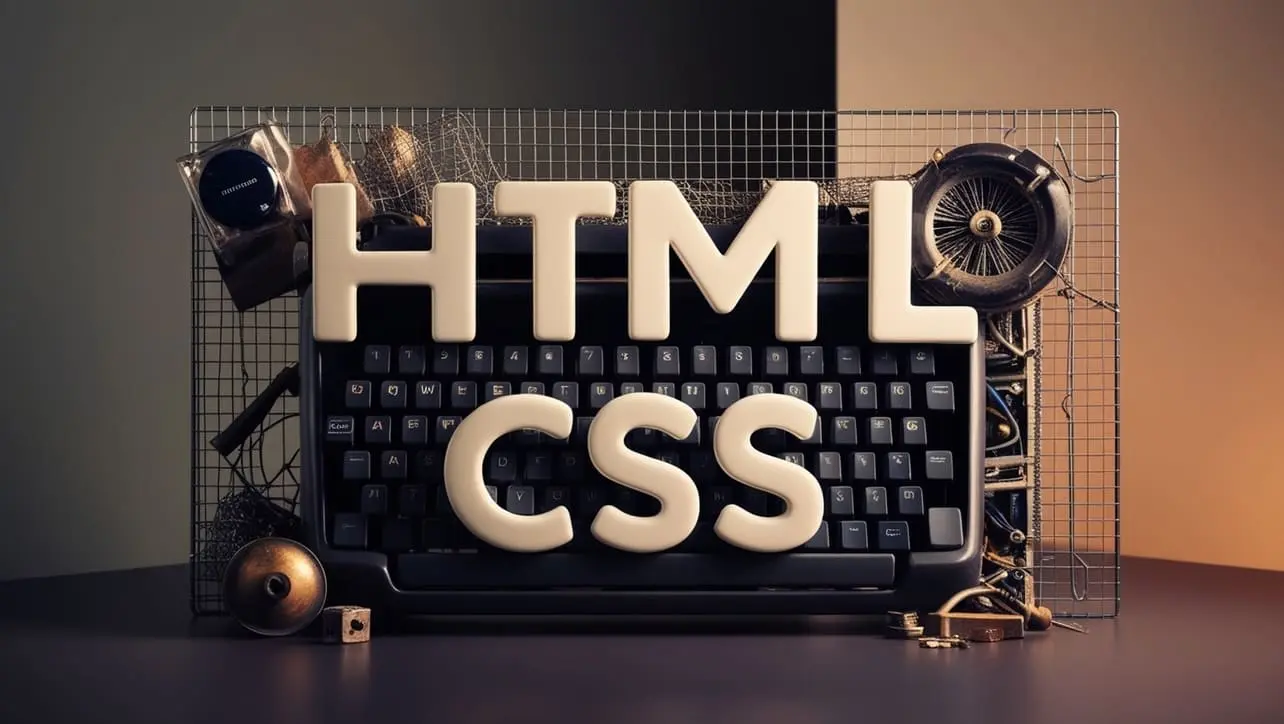
CSS Basic
CSS :hover Selector

Photo Credit to CodeToFun
🙋 Introduction
The :hover selector in CSS applies styles to an element when the user hovers over it with a pointing device, such as a mouse.
This is commonly used to enhance the interactivity of elements, such as buttons and links, by changing their appearance when hovered over, providing feedback to the user.
💡 Syntax
The signature of the :hover Selector is as follows:
element:hover {
/* CSS properties */
}The :hover pseudo-class can be used on any HTML element, though it is most commonly applied to interactive elements like <a>, <button>, and <div>.
📝 Example
Here is an example of how to use the :hover selector in CSS:
☠️ HTML
<!DOCTYPE html>
<html lang="en">
<head>
<meta charset="UTF-8">
<meta name="viewport" content="width=device-width, initial-scale=1.0">
<title>CSS :hover Selector Example</title>
<link rel="stylesheet" href="styles.css">
</head>
<body>
<a href="#" class="button">Hover over me</a>
</body>
</html>🎨 CSS
/* Style for the link */
.button {
background-color: #4CAF50;
color: white;
padding: 10px 20px;
text-decoration: none;
border-radius: 5px;
display: inline-block;
transition: background-color 0.3s ease;
}
/* Change style on hover */
.button:hover {
background-color: #45a049;
}In this example:
- The
.buttonclass is used to create a button-like link with padding, background color, and rounded corners. - When the user hovers over the link, the background color smoothly transitions from green to a slightly darker shade of green, thanks to the
:hoverselector andtransitionproperty.
💬 Usage Tips
- You can use
:hoveron any HTML element, including non-interactive elements like <div>. This allows for a wide range of interactive effects, such as changing the background of a container when the user hovers over it. - Combine
:hoverwithtransitionoranimationfor smooth effects when users hover over an element, enhancing user experience.
⚠️ Common Pitfalls
- Be mindful of mobile devices. The
:hoverpseudo-class is only triggered when the user hovers with a mouse or similar input device, so it won't apply on touch devices. - Avoid overusing
:hovereffects, especially with too many animations, as this can distract users and impact performance. - Test across browsers to ensure that your hover effects work consistently, especially for complex animations.
🎉 Conclusion
The :hover selector is a simple yet powerful tool in CSS that helps create dynamic, interactive web pages. Whether it's changing the color of a button or adding a visual effect to images, :hover enhances user interaction by providing immediate visual feedback. Properly implementing hover effects can significantly improve the overall user experience on your website.
👨💻 Join our Community:
Author

For over eight years, I worked as a full-stack web developer. Now, I have chosen my profession as a full-time blogger at codetofun.com.
Buy me a coffee to make codetofun.com free for everyone.
Buy me a Coffee










